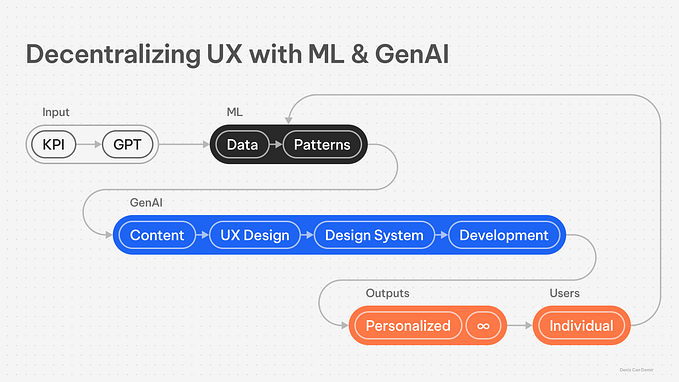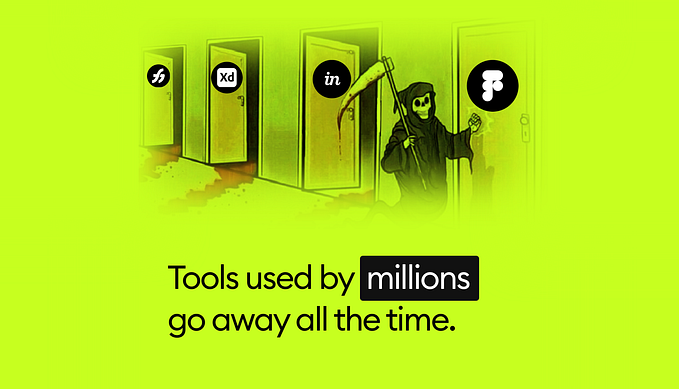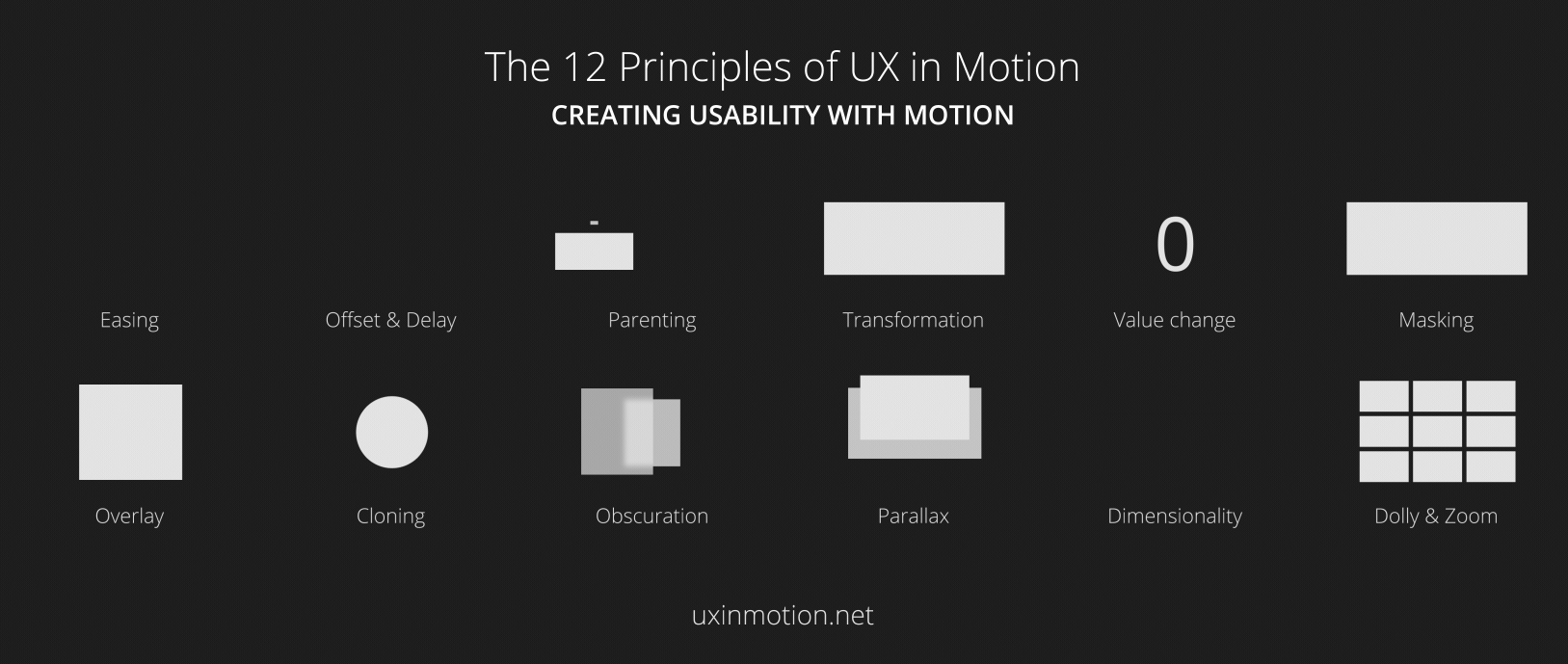Member-only story
Usability challenge: how many taps to find the closest bike?

🇮🇹 Stai cercando la versione in lingua italiana? Puoi leggerla qui. 🇮🇹
BikeMi, the most popular bike sharing service in Milan, has more than 23k daily users, counting 60k subscribers and a fleet of 5600 bikes, both regular and electric. By using the official app — available for iOS, Android, and Windows Phone — users can subscribe to the service, check fares, and the real-time status of the 280 docking stations located in the urban area.
Where’s the Information Architecture?
From the very first screen, BikeMi app shows its naivety: right after the splash page a weird ‘welcome screen’ is shown, with a retro “Skip »” call-to-action. The Home section — full of buttons with unclear actions — has a weak Information Architecture that doesn’t help distinguish primary from secondary content.
The micro-copy “Subscribe!” and “Subscriptions” is quite confusing, and it’s not clear why an existing customer should see those actions within the home section.
This kind of hub-and-spoke navigation works pretty well if the main actions have the same importance — think of your smartphone’s settings or your Whatsapp chats. Once…










